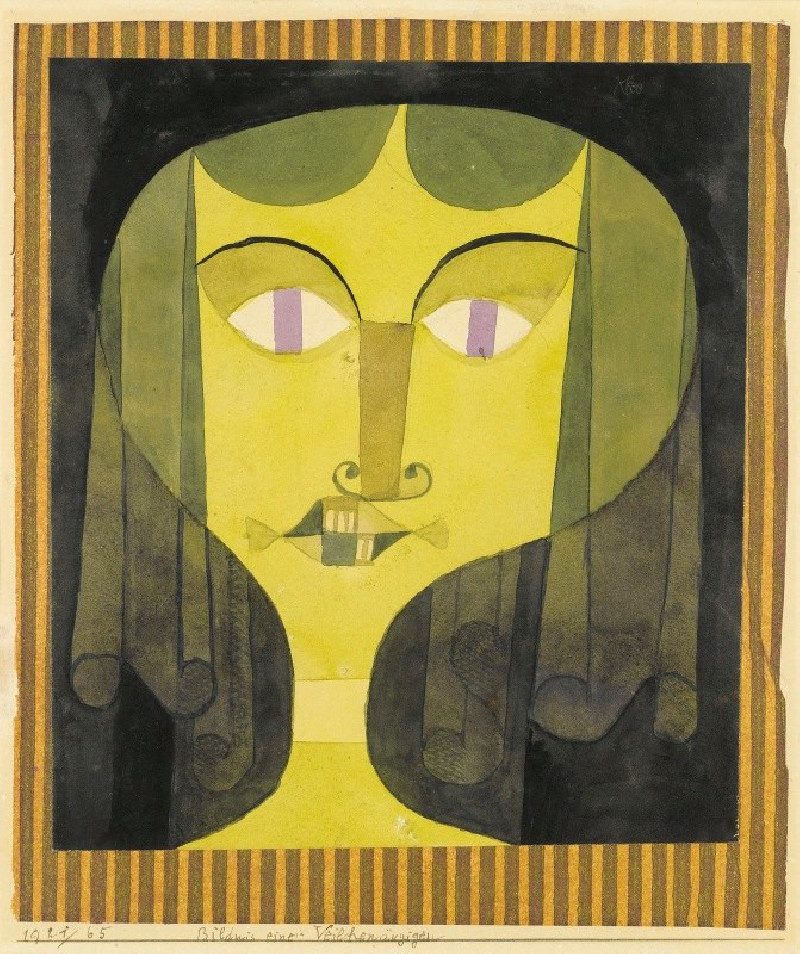Badende an den Moritzburger Seen (1913)
Technique: Giclée quality print
Recommended by our customers
More about this artwork
"Badende an den Moritzburger Seen" (1913) by Otto Mueller is a captivating example of early 20th-century German Expressionism. This piece features the delicately drawn figures of three nude women, possibly frolicking or in motion near a body of water. The backdrop is simple yet evocative, brushed with hues of greens and yellows, suggesting vegetation and the serene outdoor setting of the Moritzburg Lakes near Dresden.Mueller’s artistry with swift, fluid lines and minimalistic form captures the joy and the natural ease of the bathers in their environment. The overlapping and intertwined figures with a slightly sketched appearance lend a dream-like quality to the scene, emphasizing freedom and the unadulterated human form in nature.This painting is remarkable not only for its visual appeal but also for its historical context, reflecting the bohemian and avant-garde spirit that defined so much of early modernist art in Germany.
Delivery
Returns
Otto Müller was a German painter and printmaker of the Die Brücke expressionist movement.
Mueller was born in Liebau (now Lubawka, Kamienna Góra County), Kreis Landeshut, Silesia. Between 1890 and 1892 he was trained in lithography in Görlitz and Breslau. From 1894 to 1896 he studied at the Academy of Fine Arts in Dresden and continued his study in Munich during 1898. He left Munich's academy after Franz von Stuck classified him as untalented.

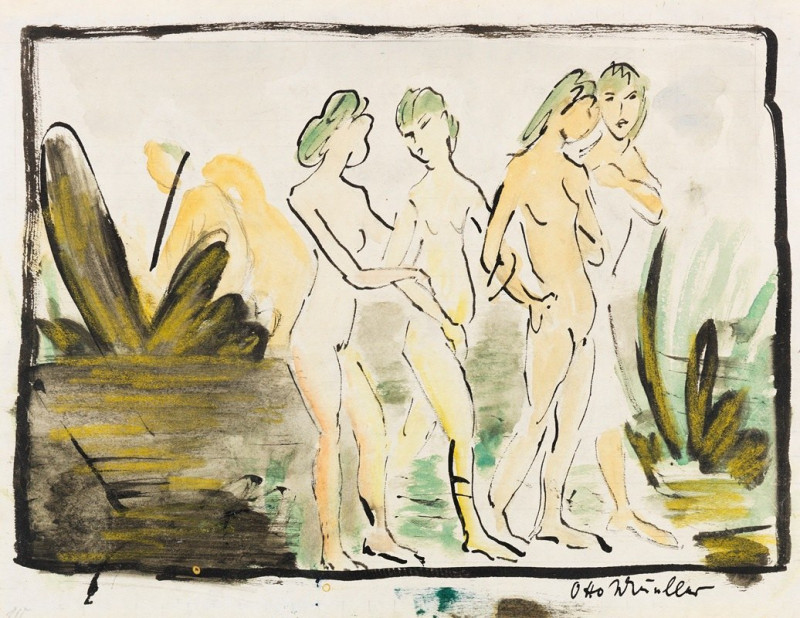




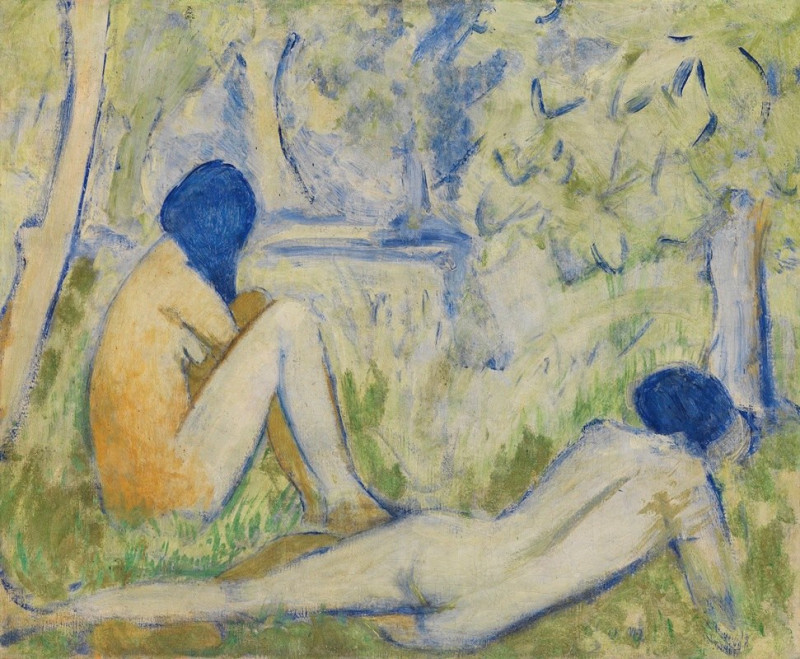
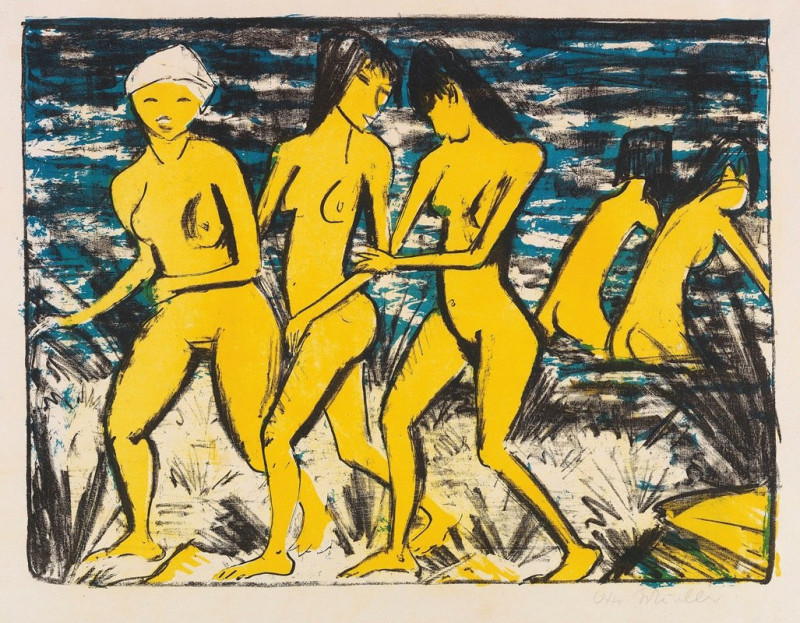
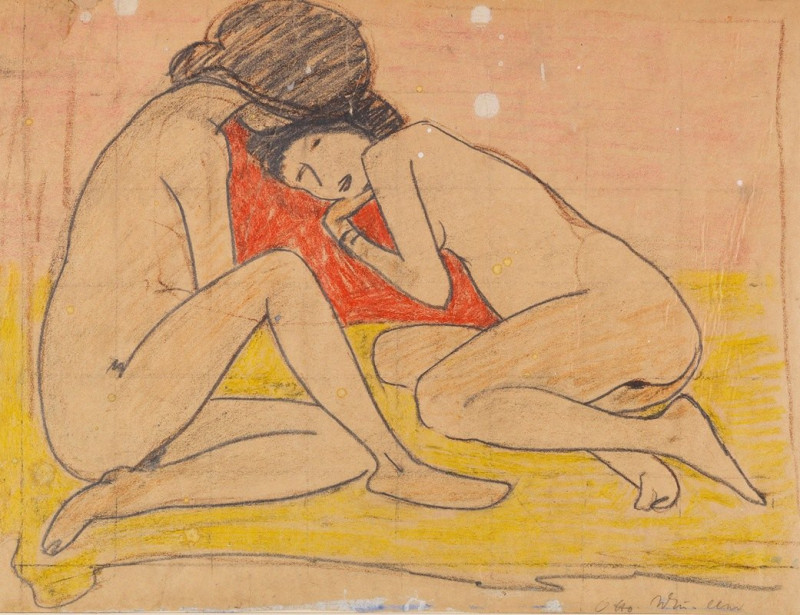
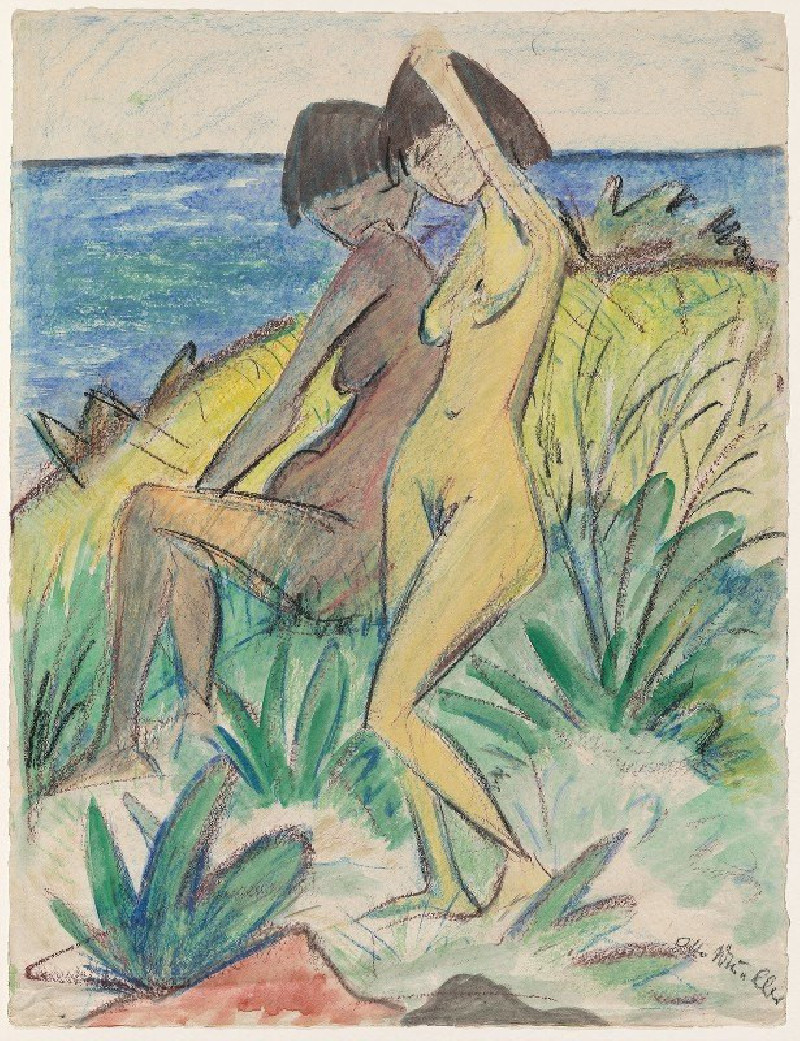
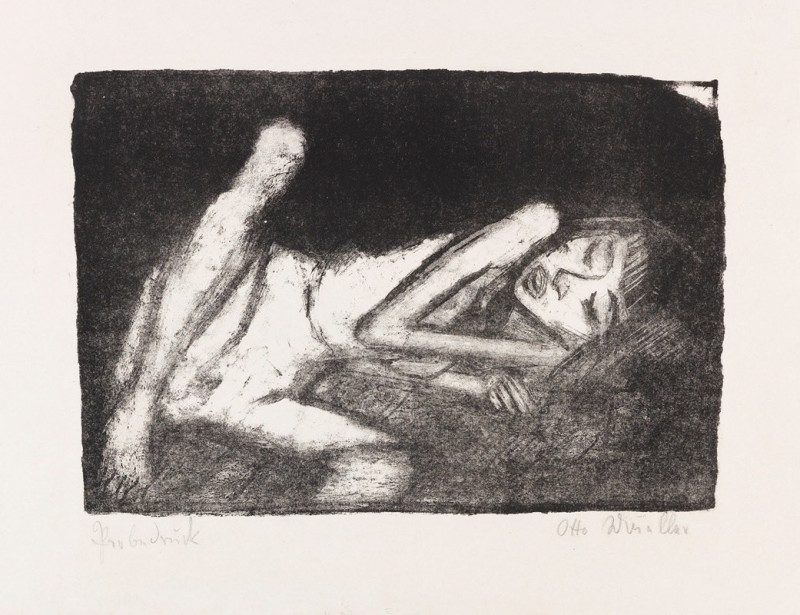
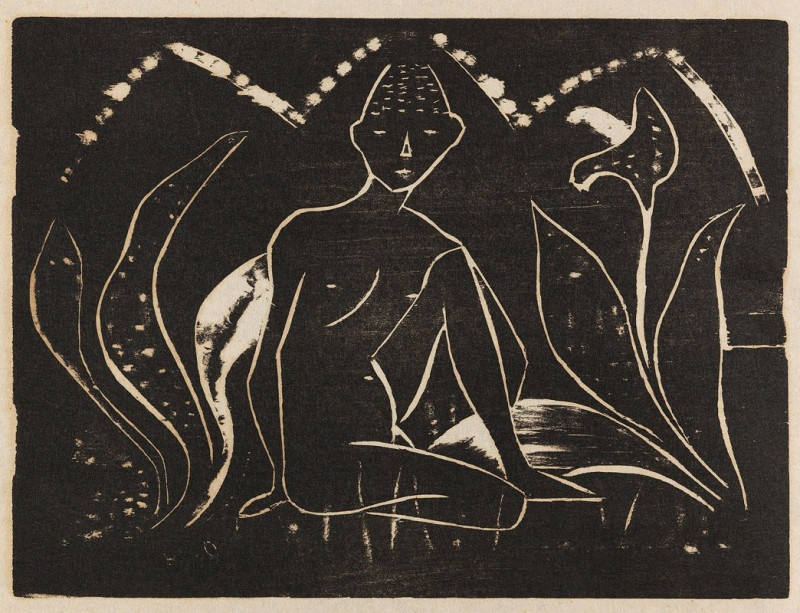


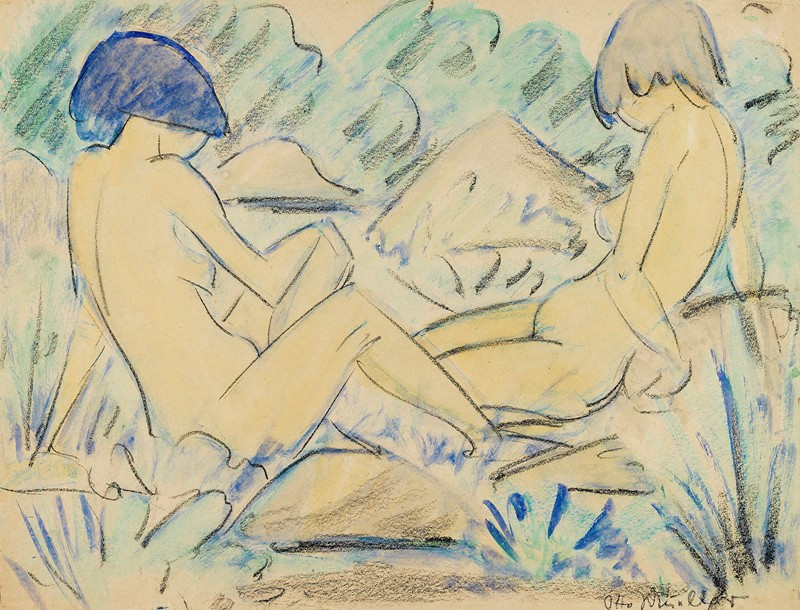
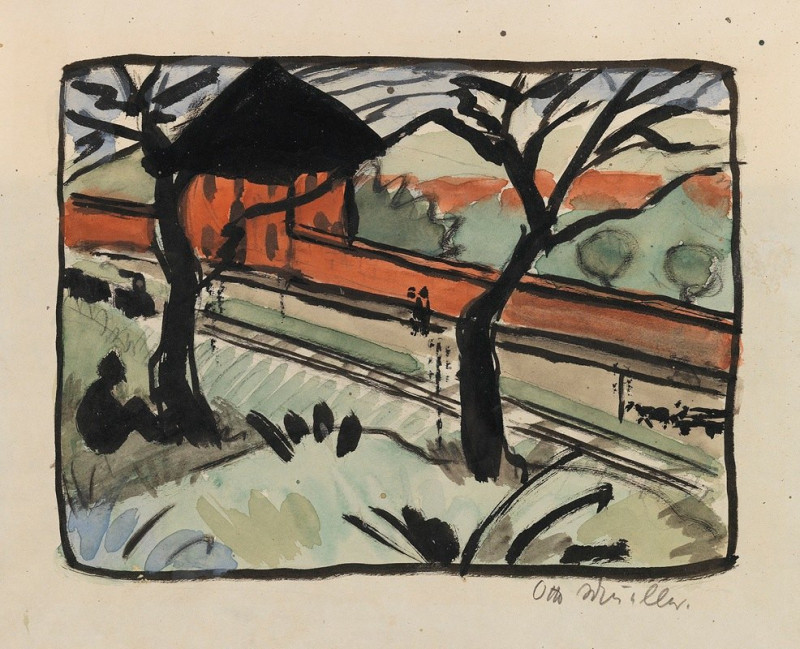
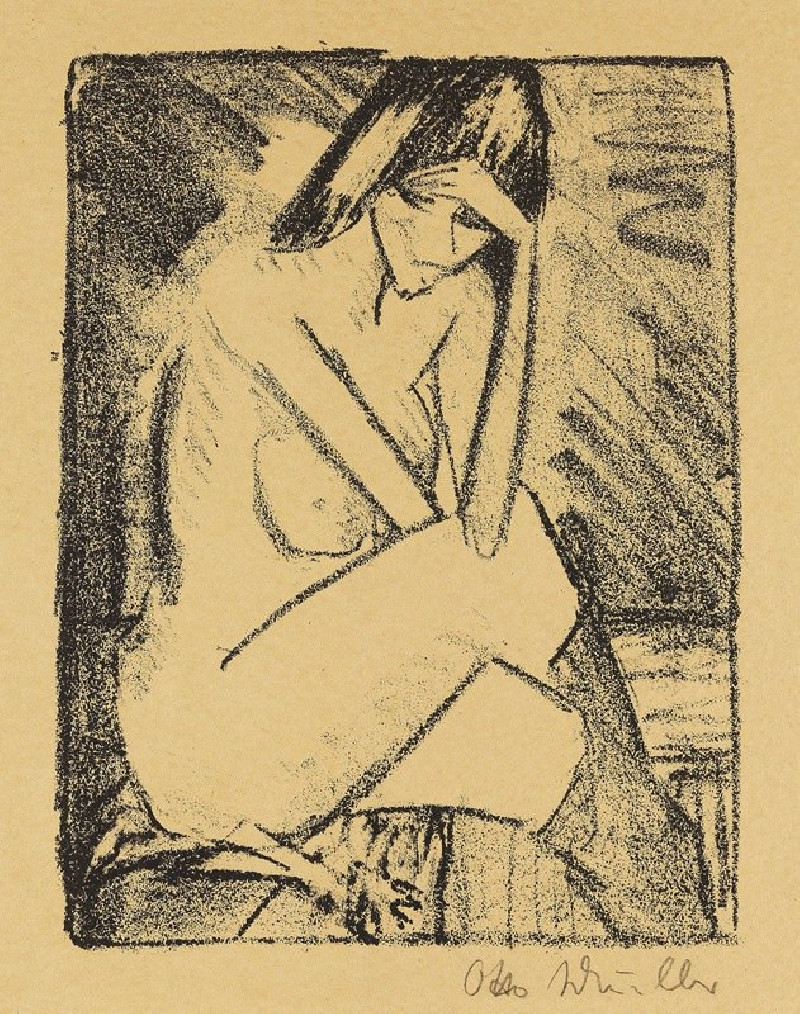
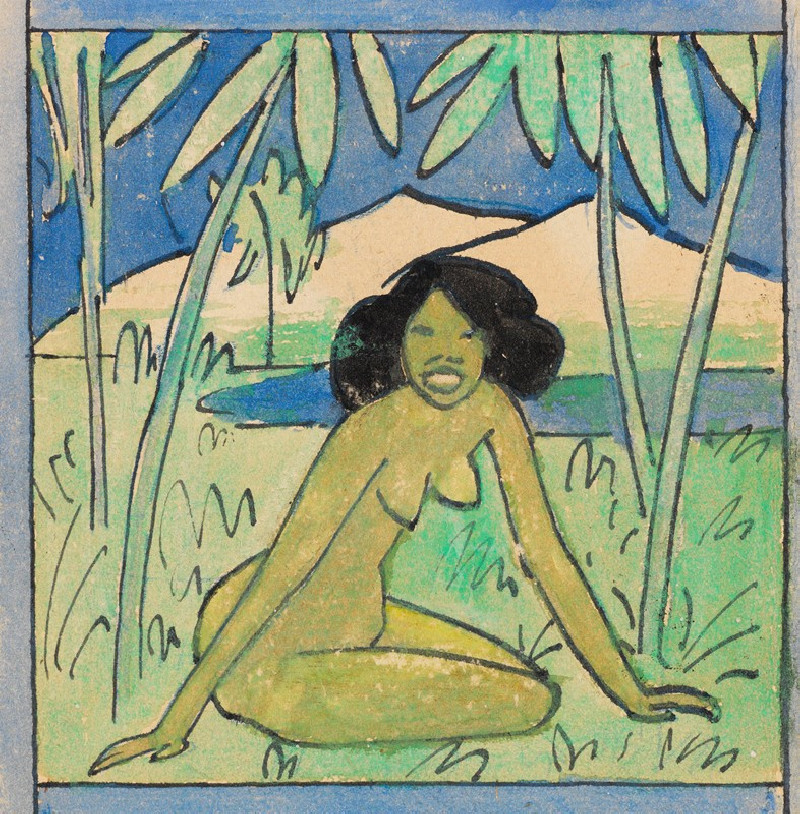
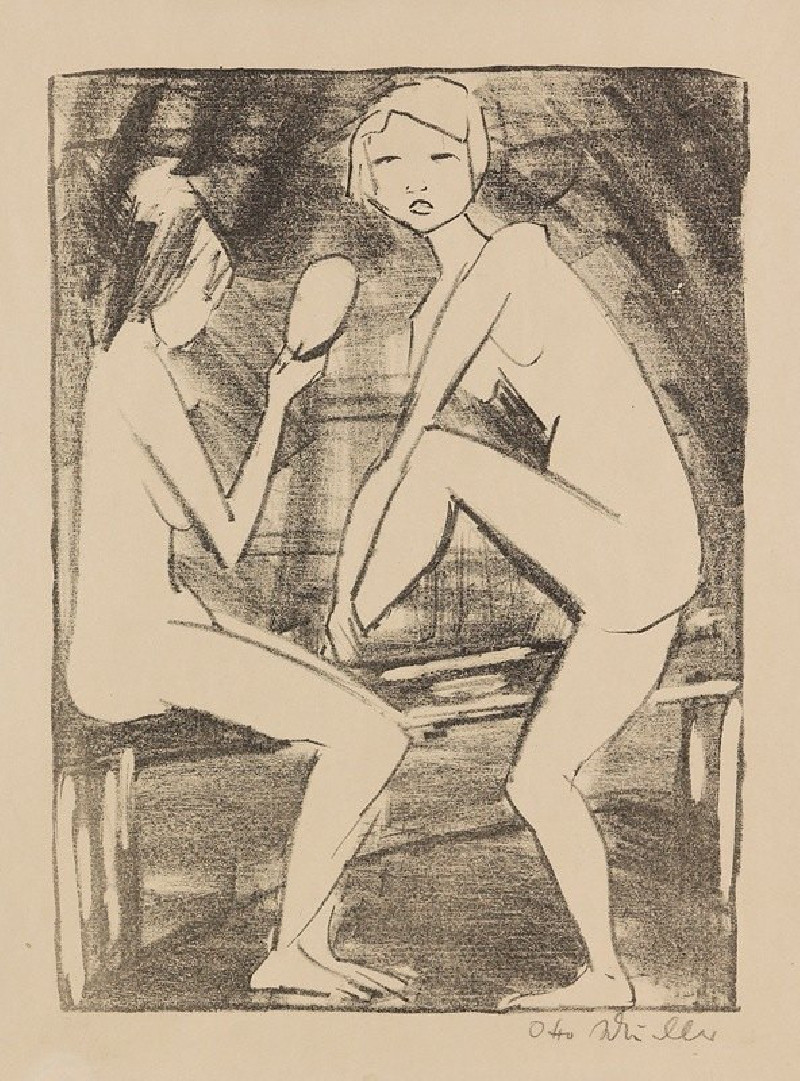
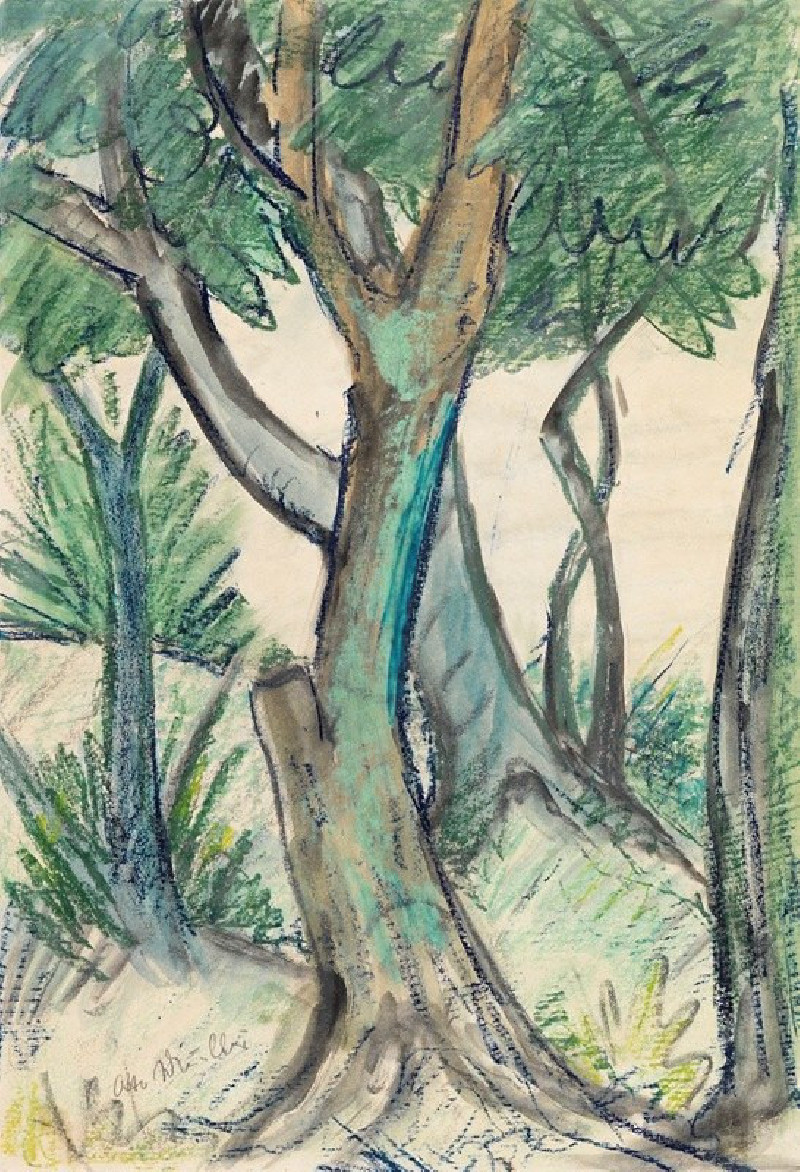





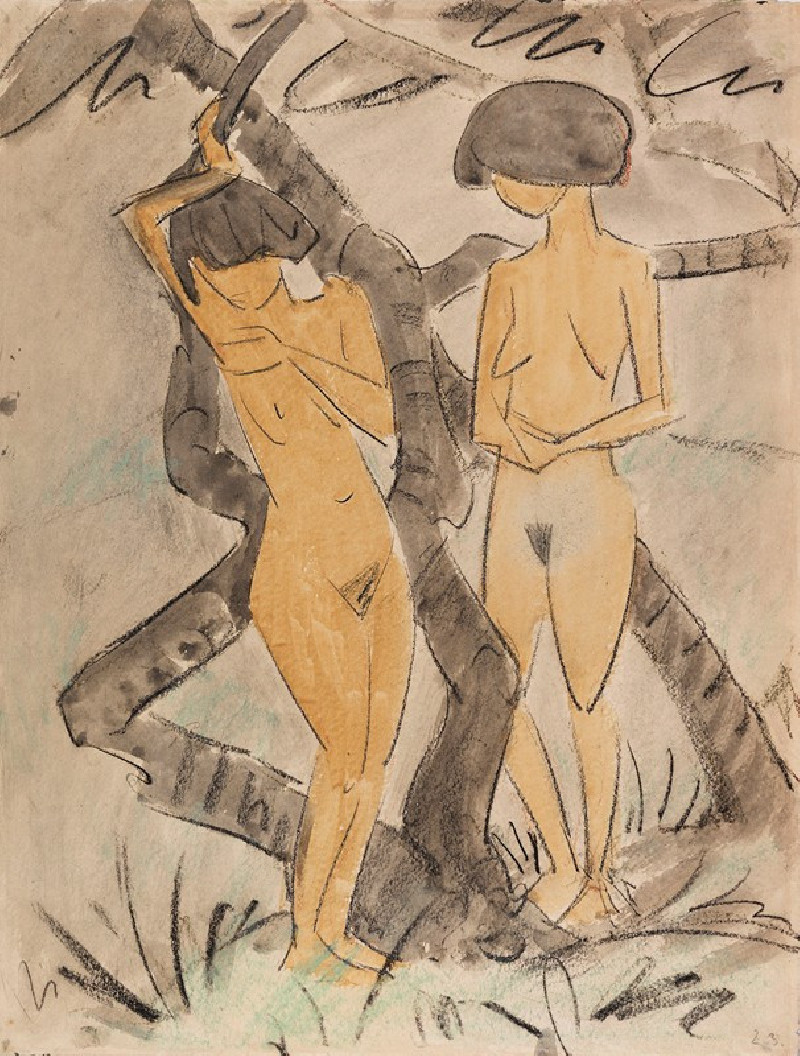

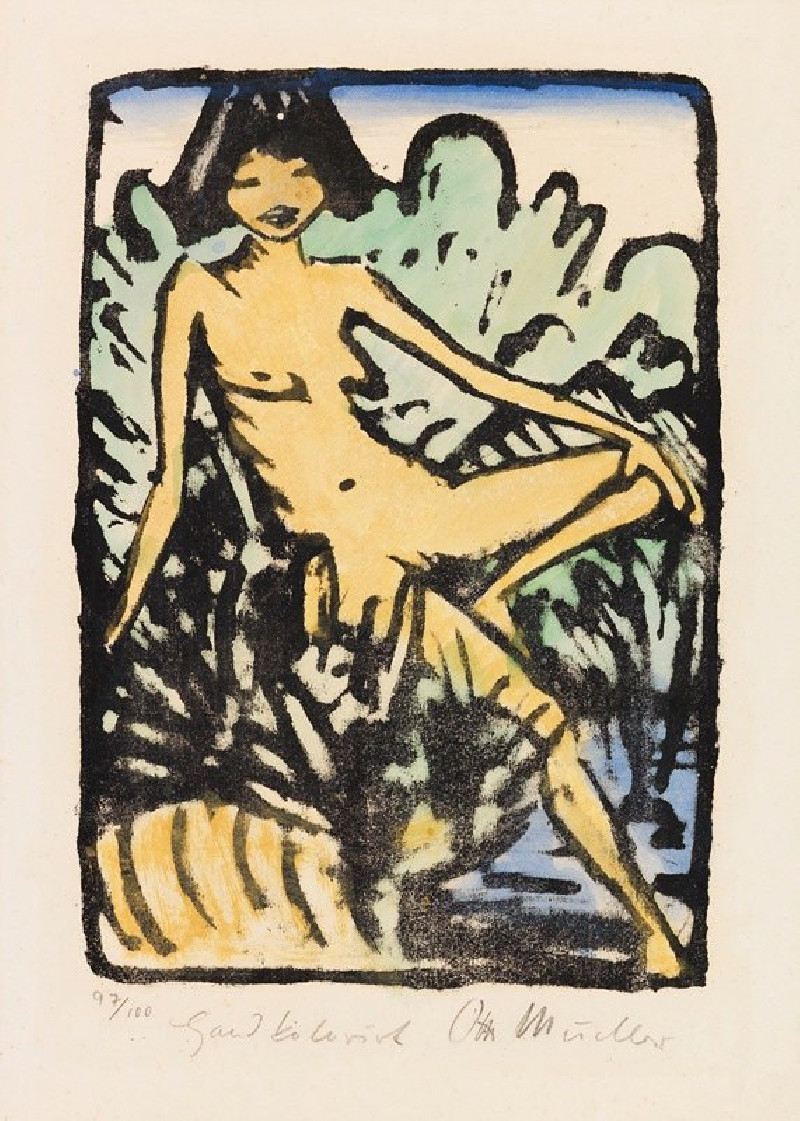
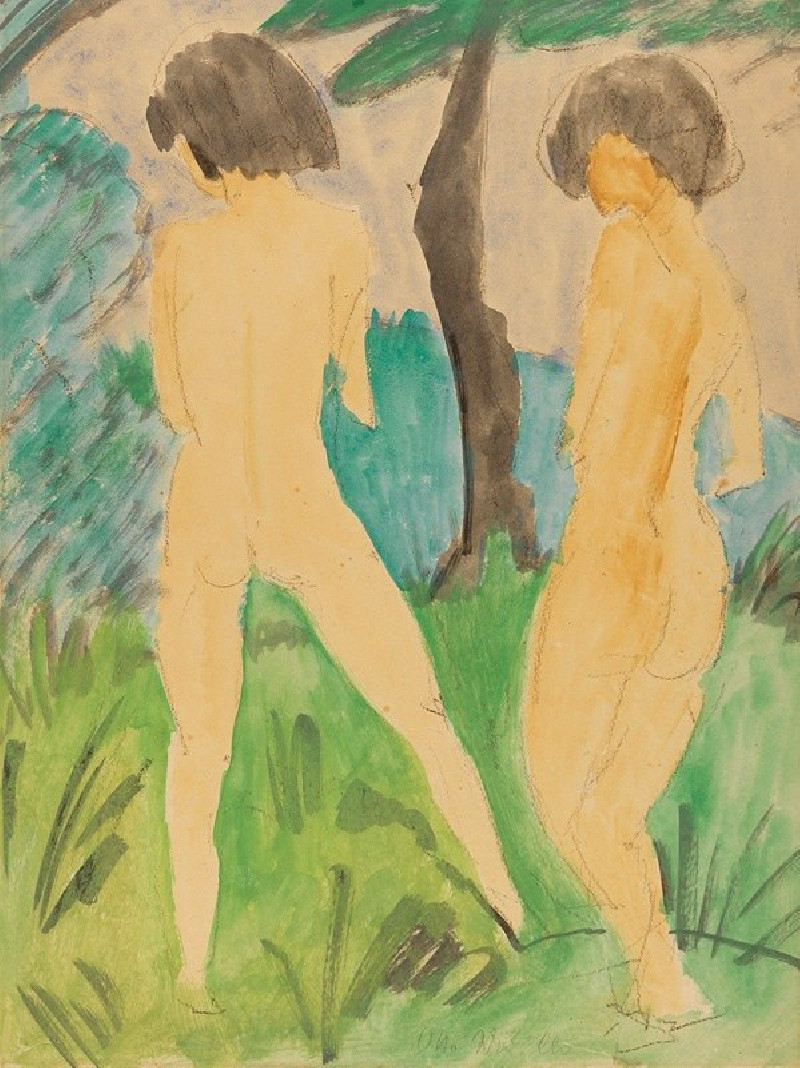

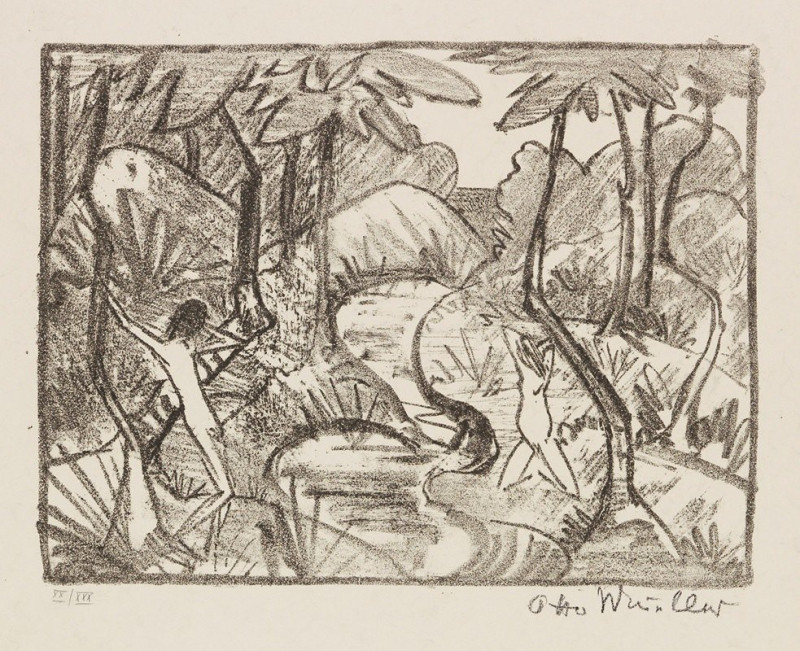



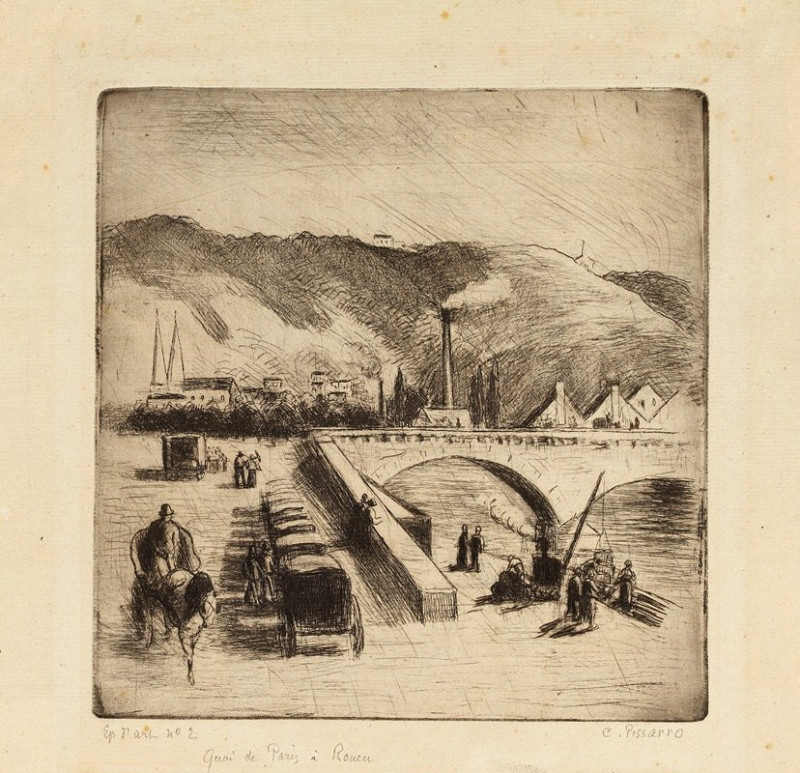
![It Is Amazing-And We Were Made by God [Furious Folly] (Hizonos Dios y Maravillamos Nos [Disparate Furioso]) (ca. 1813-1820) r...](https://reprodukcijos.lt/37207-large_default/reproduction-of-it-is-amazing-and-we-were-made-by-god-furious-folly-hizonos-dios-y-maravillamos-nos-disparate-furioso-ca-1813-18.jpg)




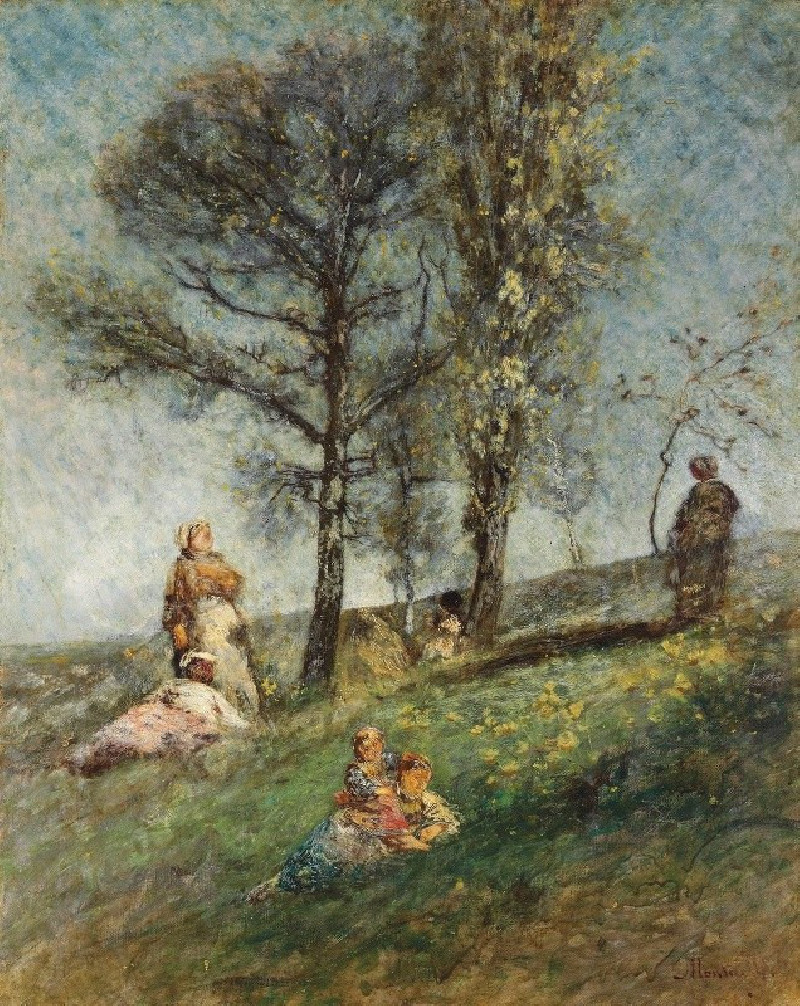
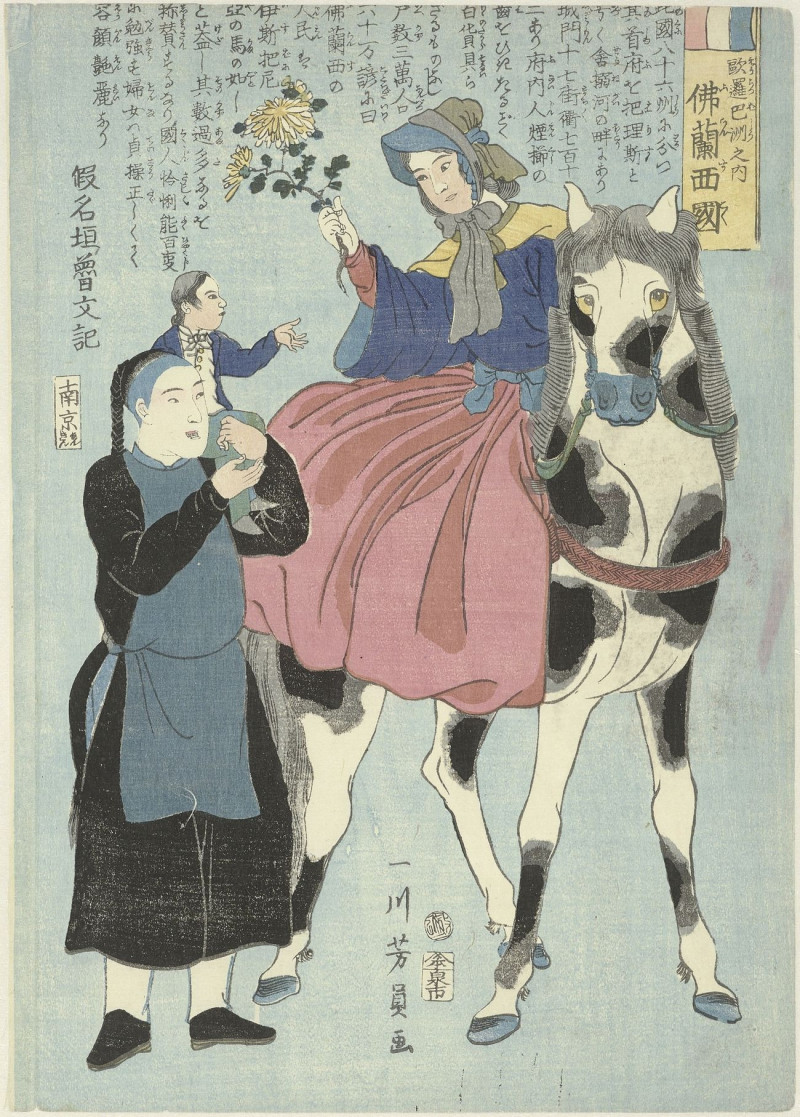
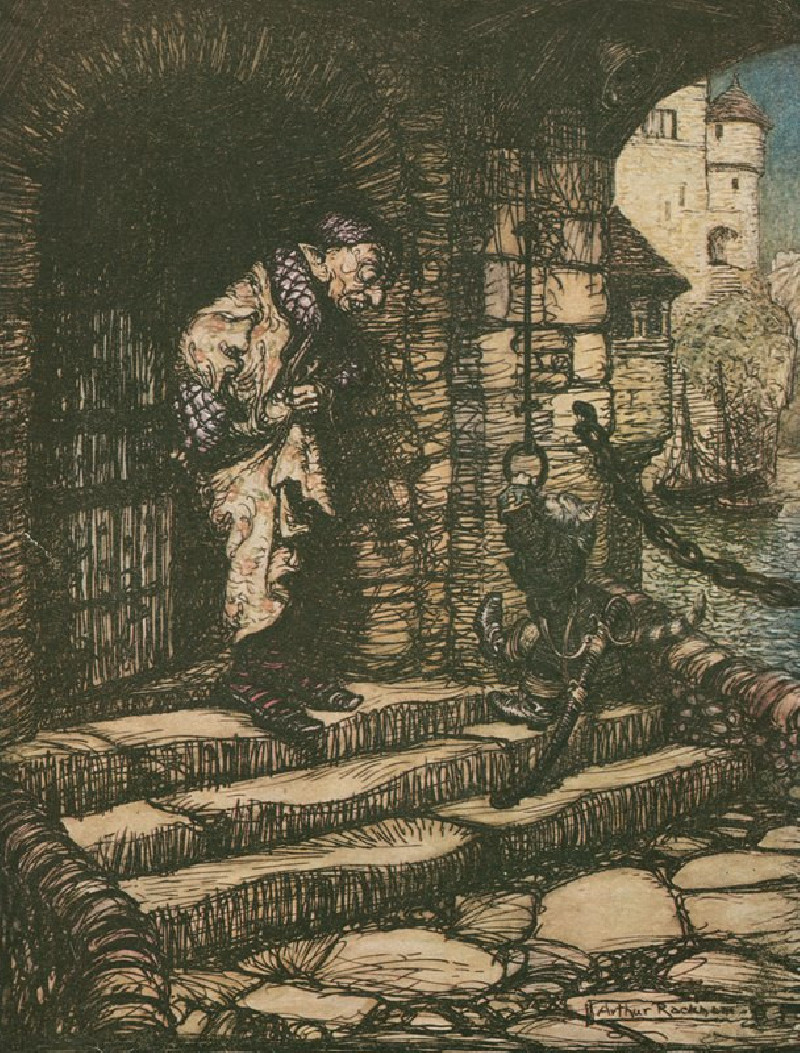

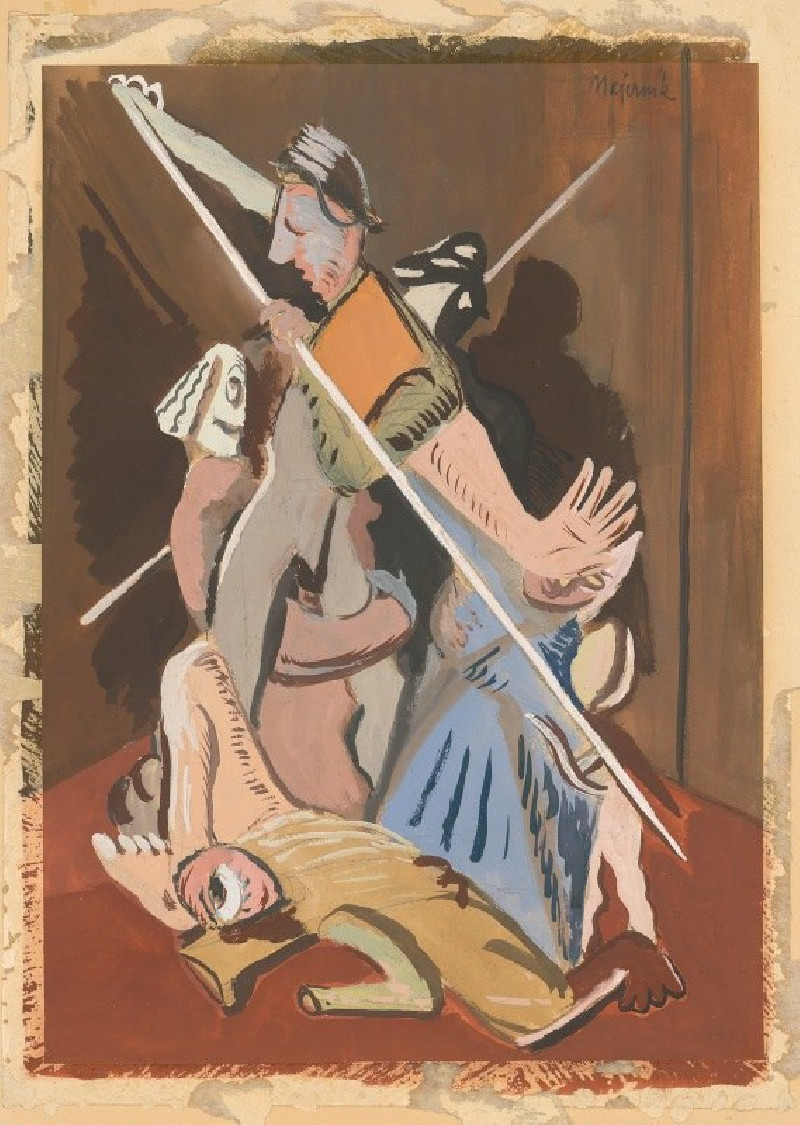
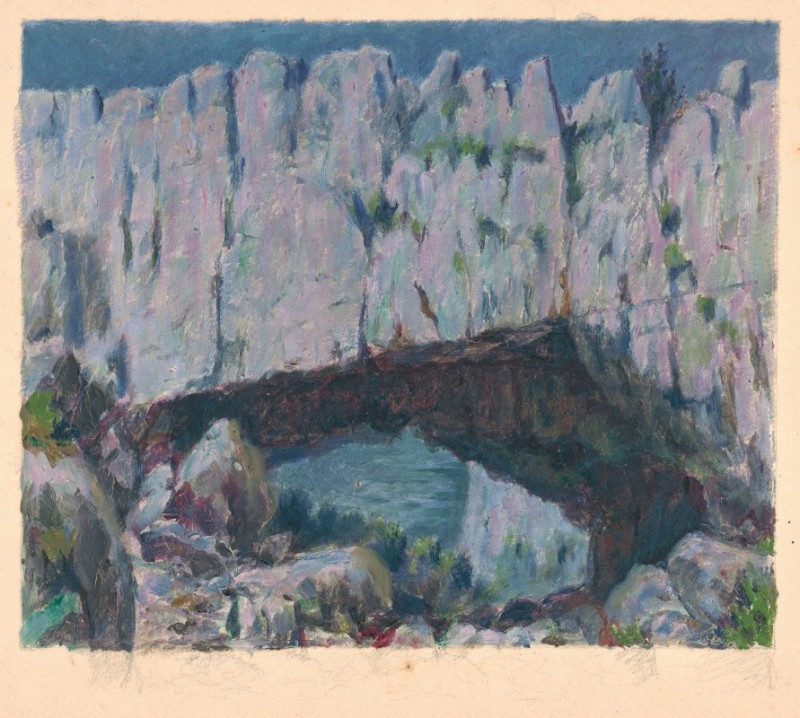
![He Who Does Not Like Thee Will Defame Thee in Jest [Loyalty] (El Que No Te Ama, Burlando te Difama [La Lealtad]) (ca. 1813-18...](https://reprodukcijos.lt/37139-large_default/reproduction-of-he-who-does-not-like-thee-will-defame-thee-in-jest-loyalty-el-que-no-te-ama-burlando-te-difama-la-lealtad-ca-181.jpg)
